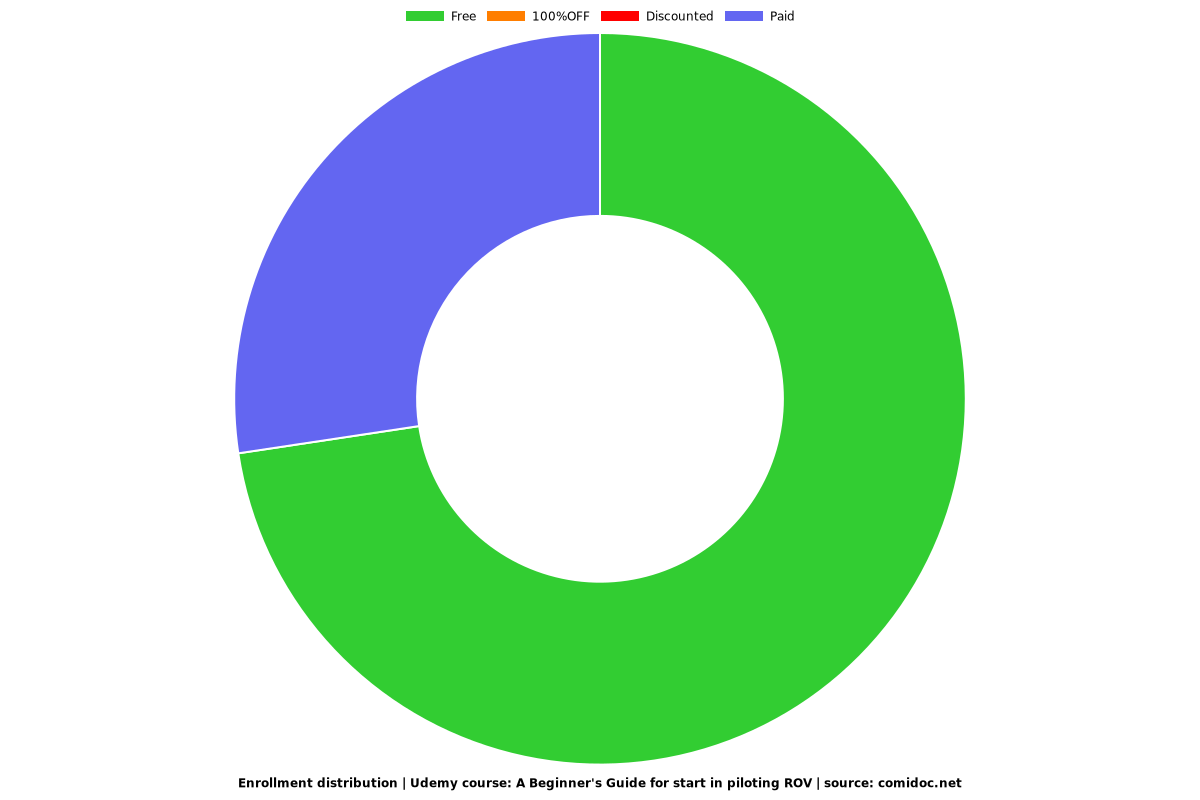A Beginner's Guide for start in piloting ROV
Remotely Operated Vehicle
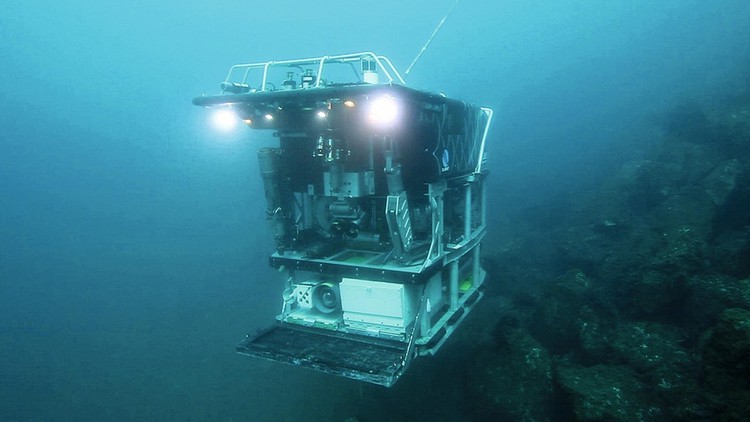
What you will learn
What is a ROV
Component of the ROV
Moviment of the ROV
Application sector of the ROV
Why take this course?
Robotics is the discipline of engineering that studies and develops methods that allow a robot to perform specific tasks by automatically reproducing human work. Although robotics is a branch of engineering, more precisely mechatronics, in it converge approaches of many disciplines of a humanistic nature, such as linguistics, and scientific: biology, physiology, psychology, electronics, physics, computer science, mathematics and mechanics.
A remote-controlled submarine (also referred to as the Remotely Operated Vehicle) is an underwater vehicle piloted from a remote location, which ensures the safety of the pilot. Usually an ROV is associated with a launch and recovery system called LARS (Launch And Recovery System) and a TMS (Tether Management System) that serves to manage the tether (ie the umbilical of the ROV) in depth. ROVs are usually used in oil wells and very deep water, the pressure of which would be deadly for the pilot on board.
The first vehicle able to navigate underwater was a torpedo, part of the program PUV (Programmed Underwater Vehicle) built by Luppis-Whitehead Automobile in Austria in 1864, but the first vehicle that can be called "remote control", as equipped with umbilical, was the POODLE, built by Dimitri Rebikoff in 1953. The United States Navy was a pioneer in the development and construction of the first ROV, initially used for research and recovery of underwater ordnance.
In 1960 the US Navy financed the first project based on ROV, called CURV (Cable-Controlled Underwater Recovery Vehicle, that is "underwater vehicle controlled with a cable"); this project gave the opportunity to carry out important missions and rescues, such as the recovery of the B28RI nuclear bomb lost in the crash of a B-52 in the Mediterranean Sea off Spain in 1966 and the rescue of the pilots of the submarine PISCES III by the ROV CURV III in 1973, that after being sunk off the coast of Ireland had left a few minutes of air to the crew. ROV was used to attach a steel cable to the submarine and bring it back to the surface.
The next step was to promote this technology in oil & gas. This was supported by commercial enterprises that saw the future of ROV in offshore oil operations. From this technology base the oil & gas industry created a class of ROV that could help the development of offshore oil fields.
Two of the first ROV developed for offshore work were the RCV-225 and the RCV-150 developed by HydroProducts in the USA. Since 1980, ROVs have become essential for the high depth development of oil fields; in fact, thanks to modern technologies, ROVs are able to work up to 10,000 m deep.
Screenshots


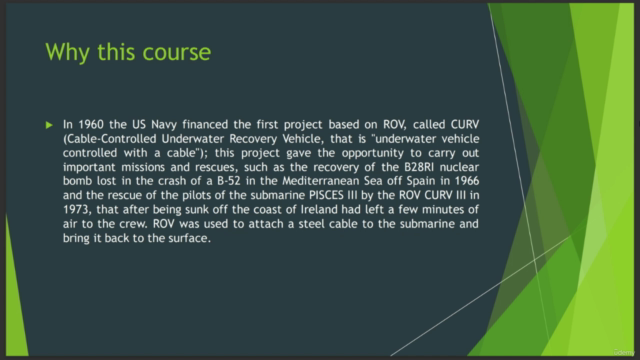
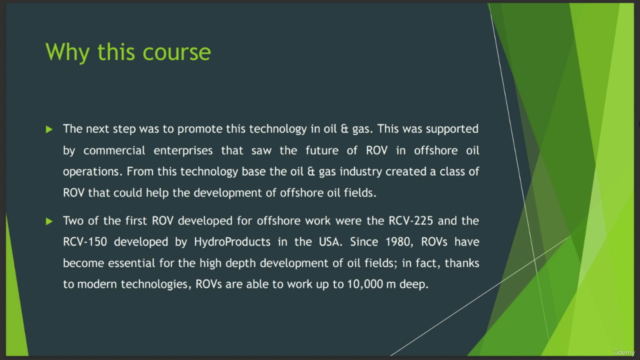
Reviews
Charts
Price
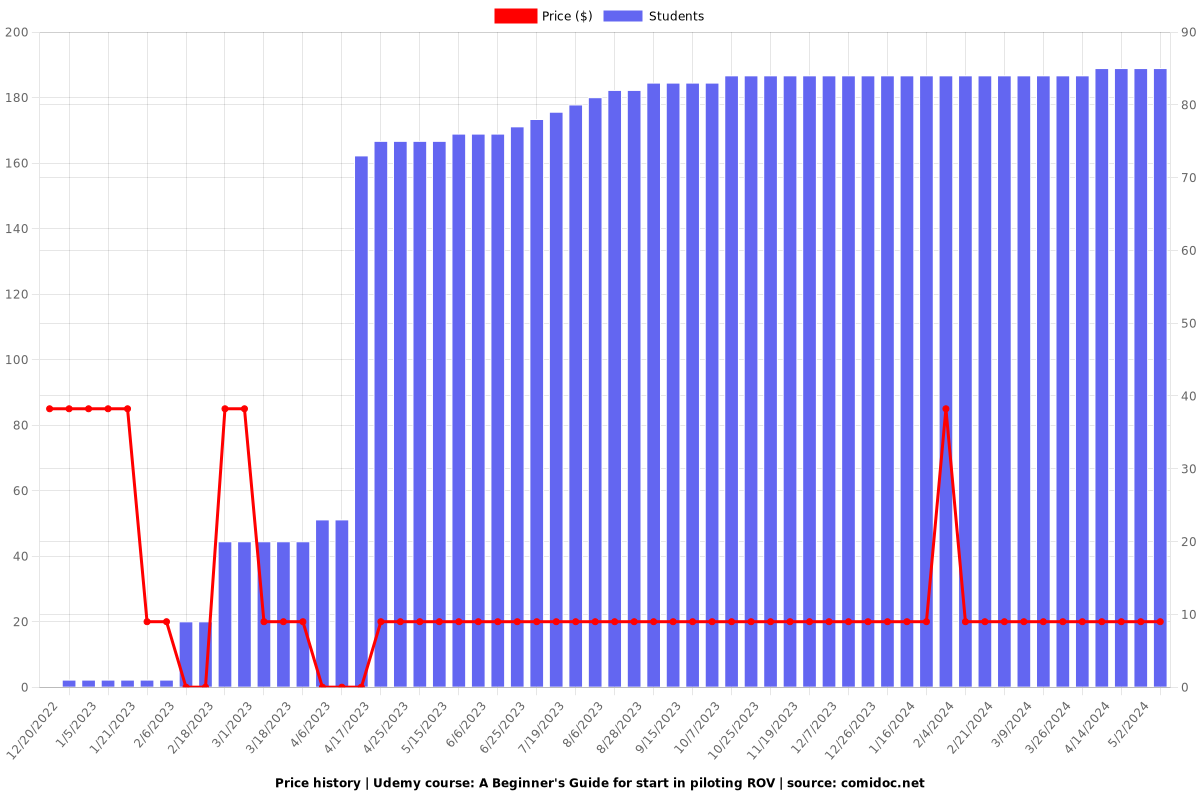
Rating

Enrollment distribution
